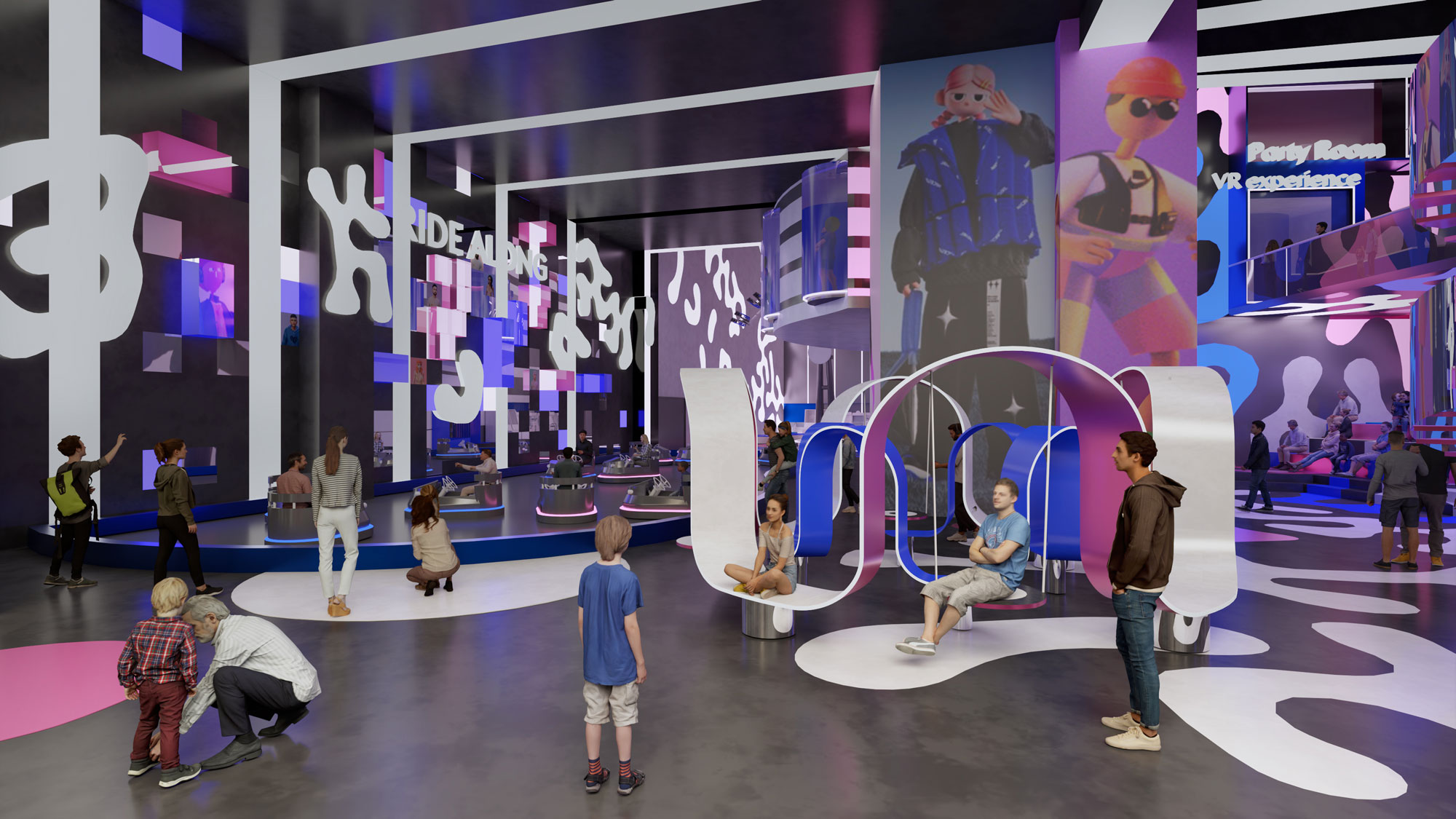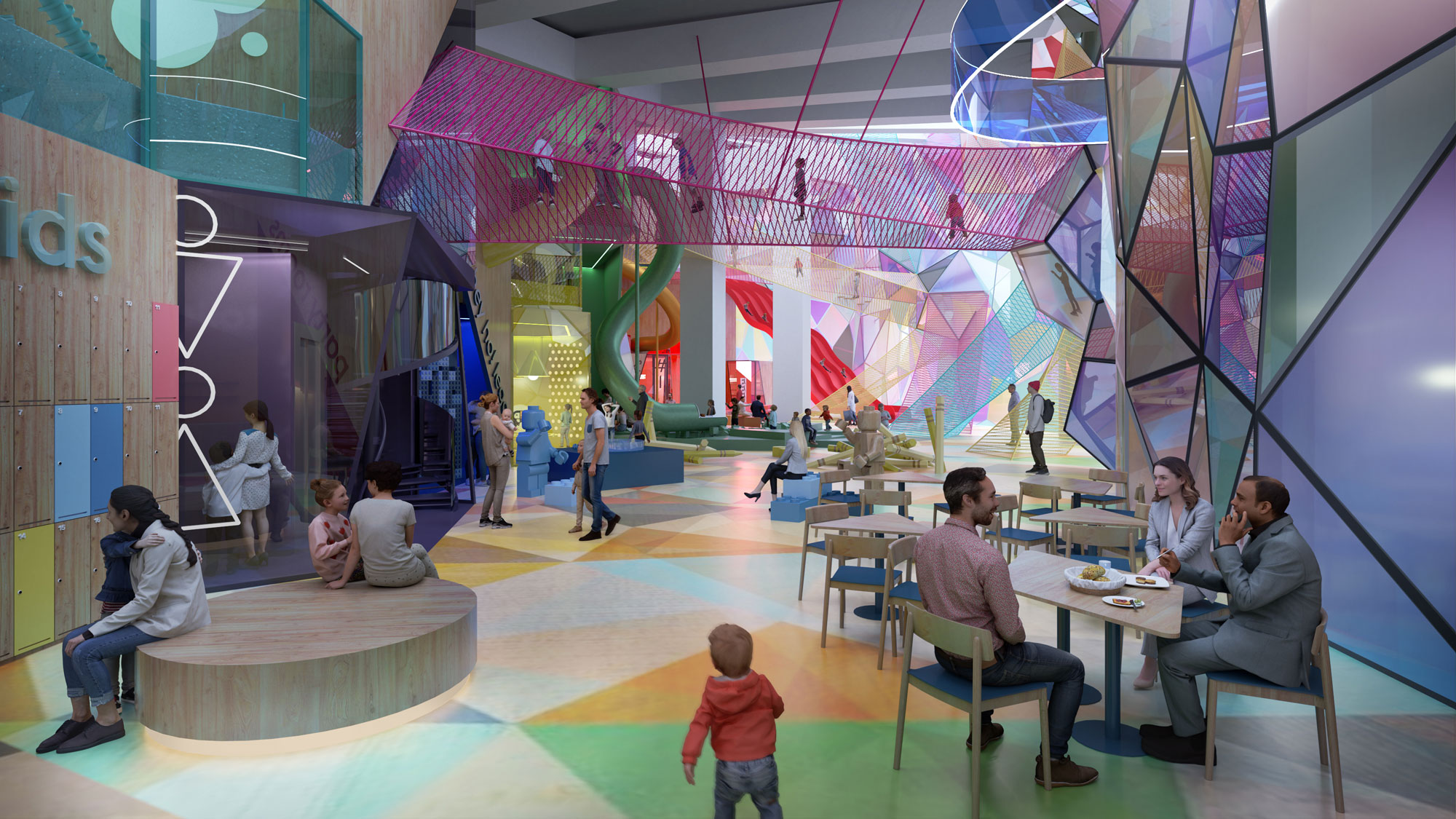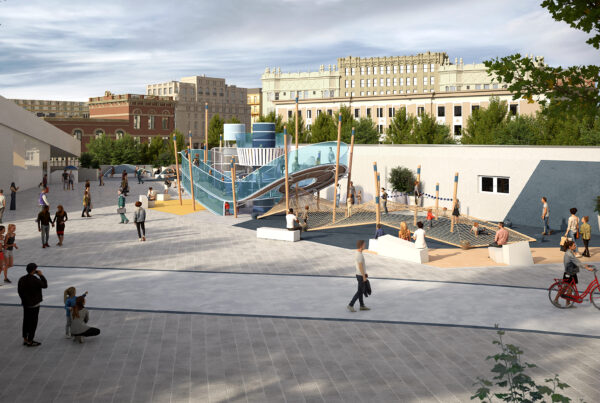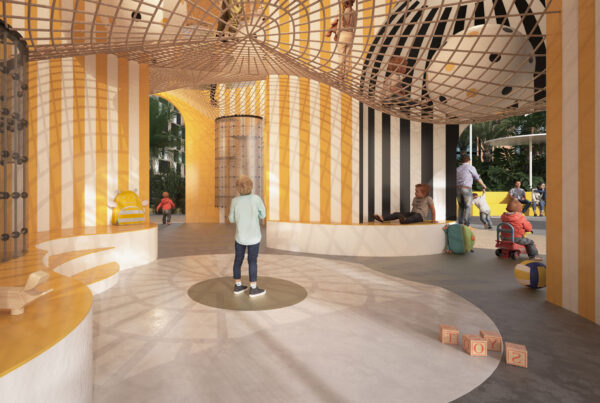Designing spaces that touch the soul
Understanding emotional architecture
Emotional architecture is a sublime act of poetic imagination that involves the body and mind of the user. Experiencing a built form is not just related to its spaces, shape and surfaces. When a user enters a space, the space also enters the user. This profound interaction is at the heart of emotional space design.
Cognitive and emotional interactions in architecture
There are two levels at which architecture interacts with and enhances the experience of its users. One is through the cognitive level, where the user is involved in processing and evaluating the perceived information. The other is on the emotional level, commonly understood as adaptive reactions to the perceived information. Both interactions operate through closely interrelated systems, where human emotion is a response to the design elements presented before them.
Design elements that evoke emotions
Elements such as water, light, color, shape, style, materials, sound and details evoke feelings that enable the user to engage, be excited, relax, and more. This helps architecture adopt a particular personality to trigger emotions in its user and connect with them. This concept is central to emotional interior design.

The psychology of space architecture
Architecture and emotions: emotional space design
Do spaces impact our psychological and physical well-being? Can the built environment affect and even alter our mood? Can spaces evoke emotions? The answer to all these questions is a resounding yes. We often overlook the psychological power of the built environment and the effect that architecture and design can have on the human mind to evoke different emotions in people.
The essence of emotions in our lives
Emotions are the essence of our existence. We invest emotions in everything we do: in everything we see, hear, touch, smell, or taste. Our perception of all things we encounter in our lives is based on the emotional response they provoke in us. While the concept of emotions is often placed under the umbrella of psychology, architecture and emotions are deeply intertwined.
The role of emotional space design
From open spaces like parks, streets, squares, to common areas in residences, shopping centers and resorts, the built environment stands as a representation of people. It reflects their beliefs, values, successes and failures, experiences, making architecture and design an integral part of our lives.
Everything around us is symbolic. Everything evokes an emotion. For example, natural, green, open and aesthetically pleasing landscapes and well-designed spaces evoke a sense of wonder in their users and make them feel more relaxed, happy, connected and engaged. This strong connection between the built environment and emotions occurs when users interact with the space.
The future of emotional architecture
Understanding the psychology of space architecture is essential for creating environments that not only serve functional purposes but also foster emotional well-being. As architects and designers, embracing the concept of design emotive can lead to the creation of spaces that resonate deeply with users. By prioritizing emotional responses in our designs, we can craft environments that enhance the human experience in profound and meaningful ways.







